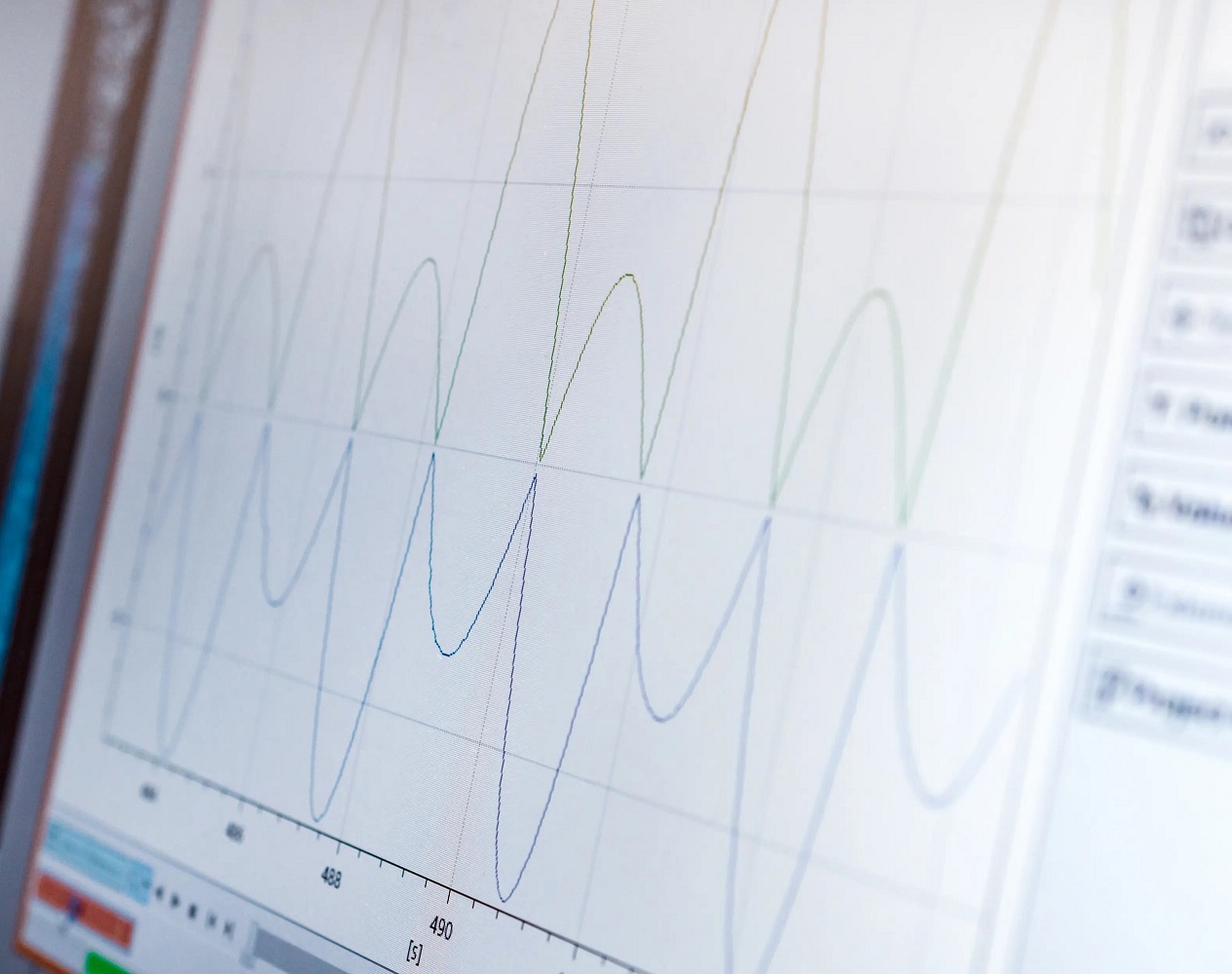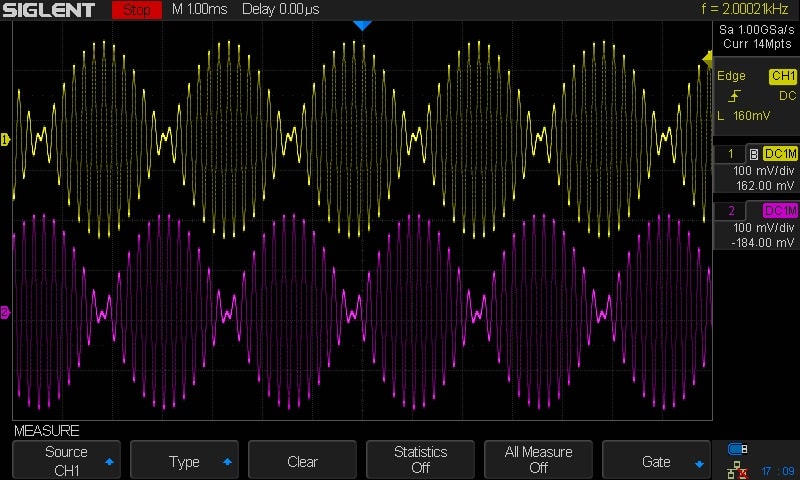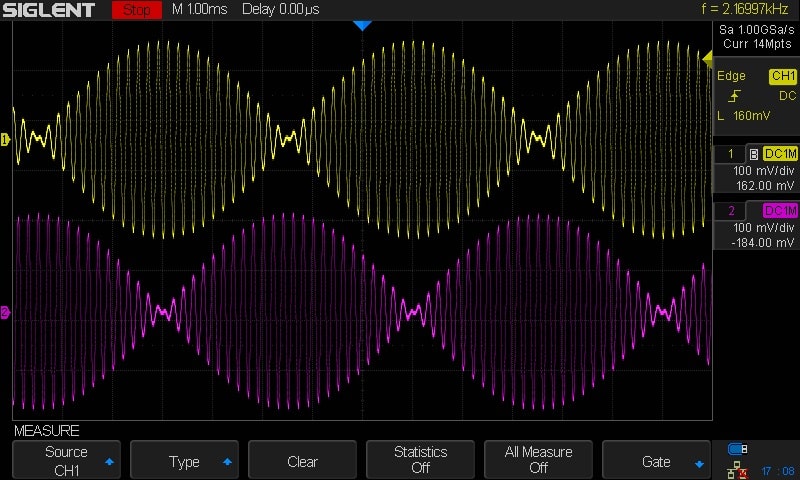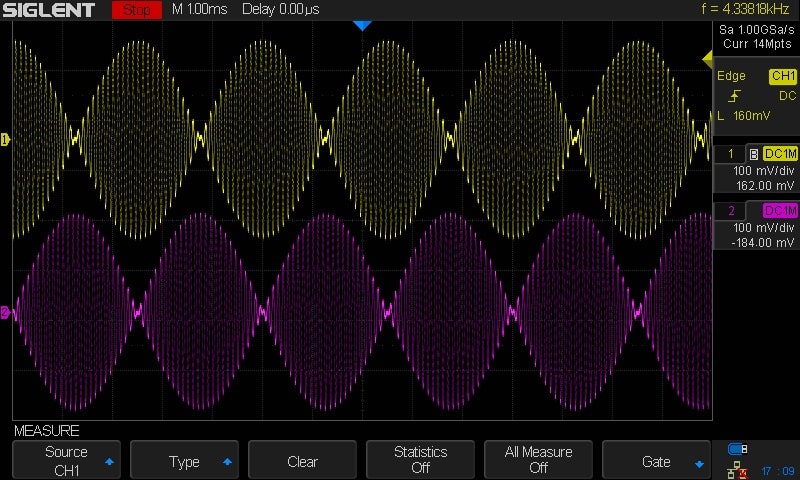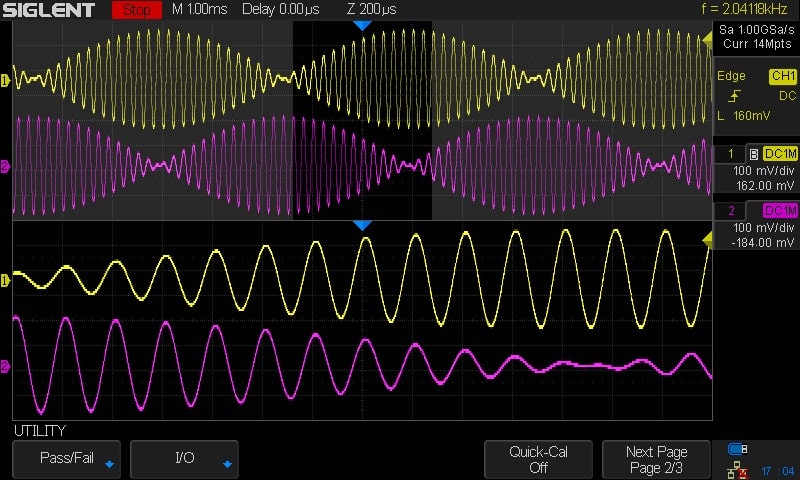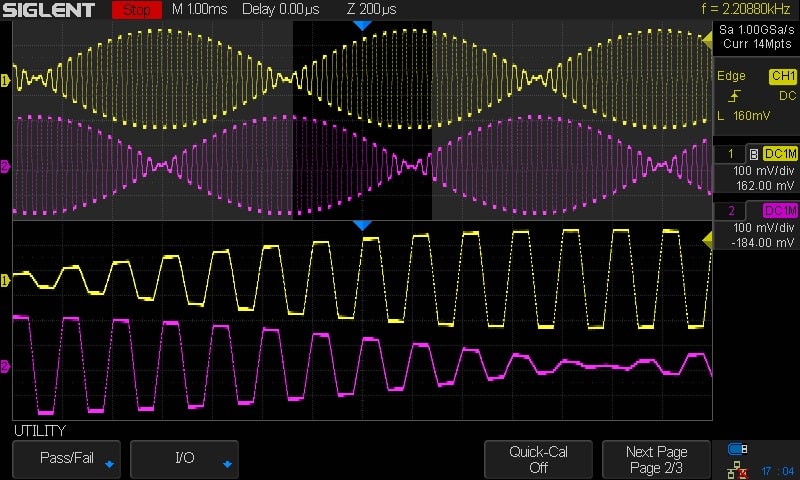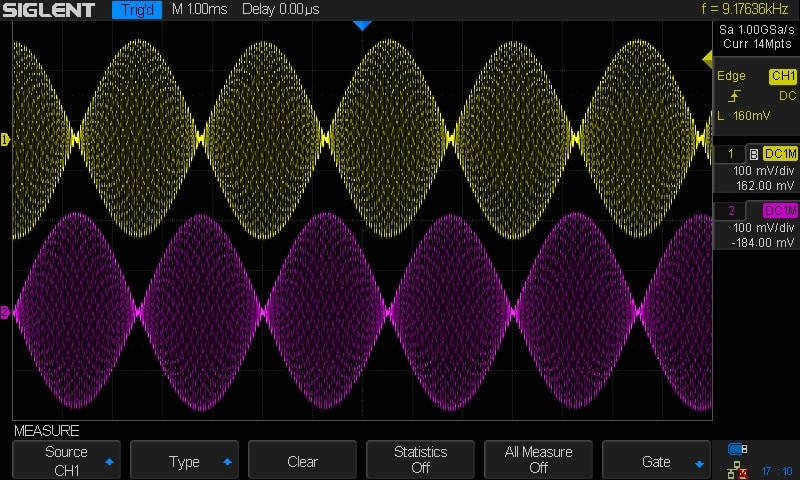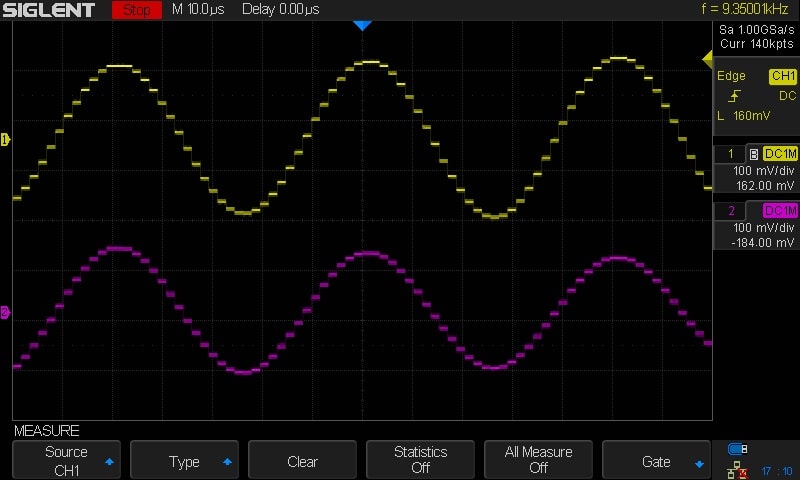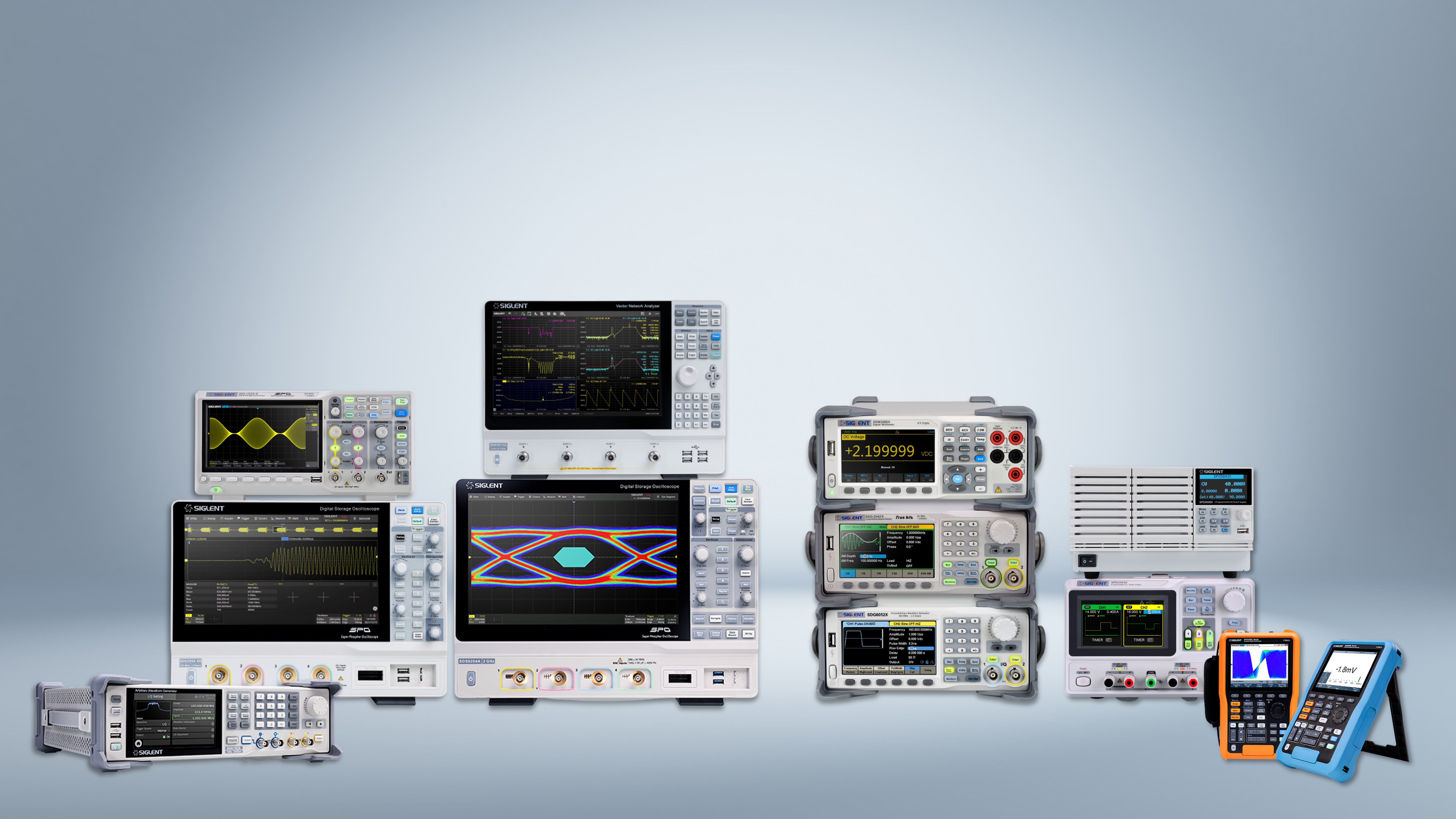
Resolver simulation with an arbitrary waveform generator
A resolver is an electromagnetic sensor used to determine the mechanical angle and speed of a shaft or axle. They are often used in the automotive industry (cam/crankshaft position), in aviation (flap position) as well as in servos and industrial applications.
When developing, testing or troubleshooting systems that use resolvers, it can be worthwhile to build a system that can easily simulate the output of a resolver. This is particularly useful when testing the operating limits of the resolver measurement circuit and the code that can accompany these measurements. Simulation allows the operating limits of a system to be checked and tested by adding known errors to the signal or changing the frequency/amplitude/waveform to see where the system begins to fail.
In this application note we describe a method for simulating a simple resolver using a SIGLENT SDG2000X series arbitrary waveform generator.
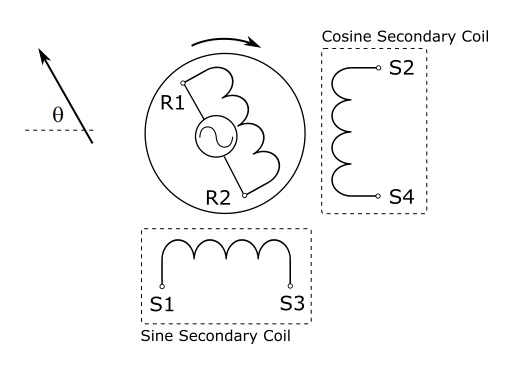
RESOLVER BASICS
Many resolvers have a structure similar to that shown in Figure 1: a primary winding or coil attached to a shaft or rotor and two stationary windings or stators arranged at 90 degrees to each other.
The primary winding is energised with an alternating voltage, Vr. This primary excitation signal is usually a sine wave, which is then coupled into both secondary coils. In many resolvers, the secondary coils are constructed in such a way that the coils are arranged at an angle of 90 degrees to each other. As each coil is in a different position to the primary coil, each coil has a different coupling efficiency, and as they are mounted at 90 degrees to each other, their outputs are orthogonal (90 degrees out of phase). When the wave angle changes, the output signal for the secondary coils changes. Therefore, there are discrete voltage values for each shaft angle. By measuring the instantaneous voltages of the secondary coils, you can determine the rotor angle.

SETTING
Use a BNC terminated cable to connect the CH1 output of the primary generator to the Aux/Mod input of the secondary coil generator.
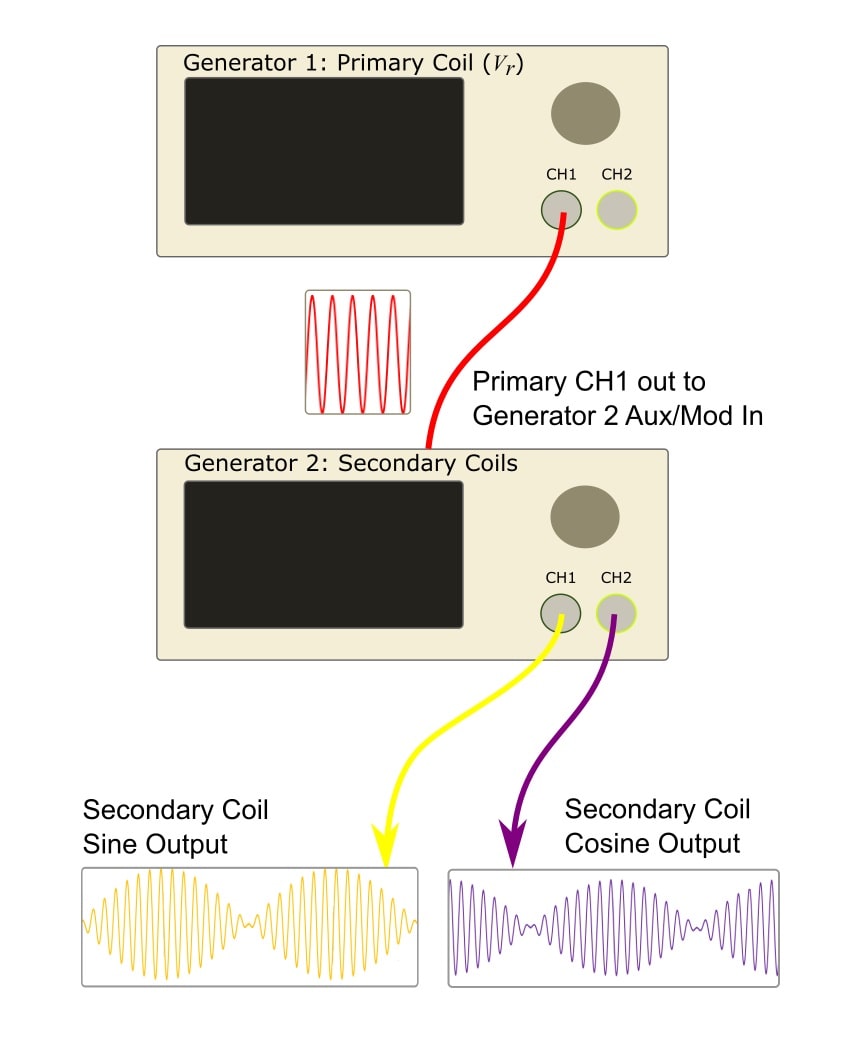
- Connect the secondary coil outputs of the second generator (CH1 and CH2) to the inputs of the oscilloscope.
- Configure the primary coil generator so that it outputs a sine wave with the lowest frequency of Vr for your system. Typically, the Vr frequency is between 5 k and 20 kHz. The primary coil generator is used to modulate the output signals of the secondary coil generator. The voltage for the primary signal should be low at the beginning (5 Vpp). We will optimise it later.
- Set the secondary coil generator CH1 so that it outputs a sine wave with a frequency of 1 Hz and a voltage of 10 Vpp (or the maximum voltage of your resolver circuit).
- Set the secondary coil generator CH1 to perform dual-sideband AM modulation (DSB AM) by pressing Mod and selecting the DSB AM type.
- Configure CH2 on the secondary coil generator to output the same modulated sine wave signal as channel 1, just set the phase offset to 90 degrees. This will provide the orthogonal output phase for the secondary cosine channel. The frequency of the secondary coil corresponds to the rotation frequency of the rotating primary coil in a physical resolver. Make sure that CH1 and CH2 are set to the same frequency. NOTE: The SIGLENT SDG1000X and SDS2000X series have a channel copy
and channel coupling function that simplifies the process. To couple the frequency selection between two channels, press Utility > CH Copy Coupling > FreqCoupl=ON. Now all frequency changes on one channel are transferred to the other channel. This allows you to change both frequencies at the same time. To copy the settings from one channel to the other, press Utility > CH Copy Coupling > CH Copy > CH1=> CH2 - Activate the primary coil generator CH1 and both outputs of the secondary coil generator.
- check the power, adjust the frequency of the secondary coil (rate of change of the rotor), check it, and so on, until you have fully tested the limits of the resolver system.
The following figures show images of secondary coil simulations at different primary coil frequencies and secondary coil frequencies

TIPS
- do not overdrive the modulation input of the secondary coil generator with too much voltage. Approximately 10 Vpp is sufficient to obtain full modulation without overdriving. Figure 8 below shows when too much voltage is applied to the modulation input (12Vpp). Figure 9 shows the correct modulation depth (10Vpp).
- Compare the modulation frequency of the primary coil and the modulation specifications of the secondary coil generator. If the modulation input of the secondary generator has a low frequency, you may get "steps" in the output.
- You can smooth out the "steps" by applying low-pass output filters to each of the secondary coil generator outputs.
This is very similar to filtering images from a digital-to-analogue converter (DAC). - The SDG1000X and SDG2000X have modulation sampling clocks that operate at 600 kHz. By adding a low pass filter with a passband below the Nyquist limit for 600 kHz.
- Design the filter so that the passband is below the 1st frame frequency.
Conclusion
The simulation of resolver outputs using arbitrary waveform generators offers an easy way to check the operation of resolver circuits and software and to correct errors. The SIGLENT SDG1000X and 2000X series offer flexible and fast test instruments for this application.
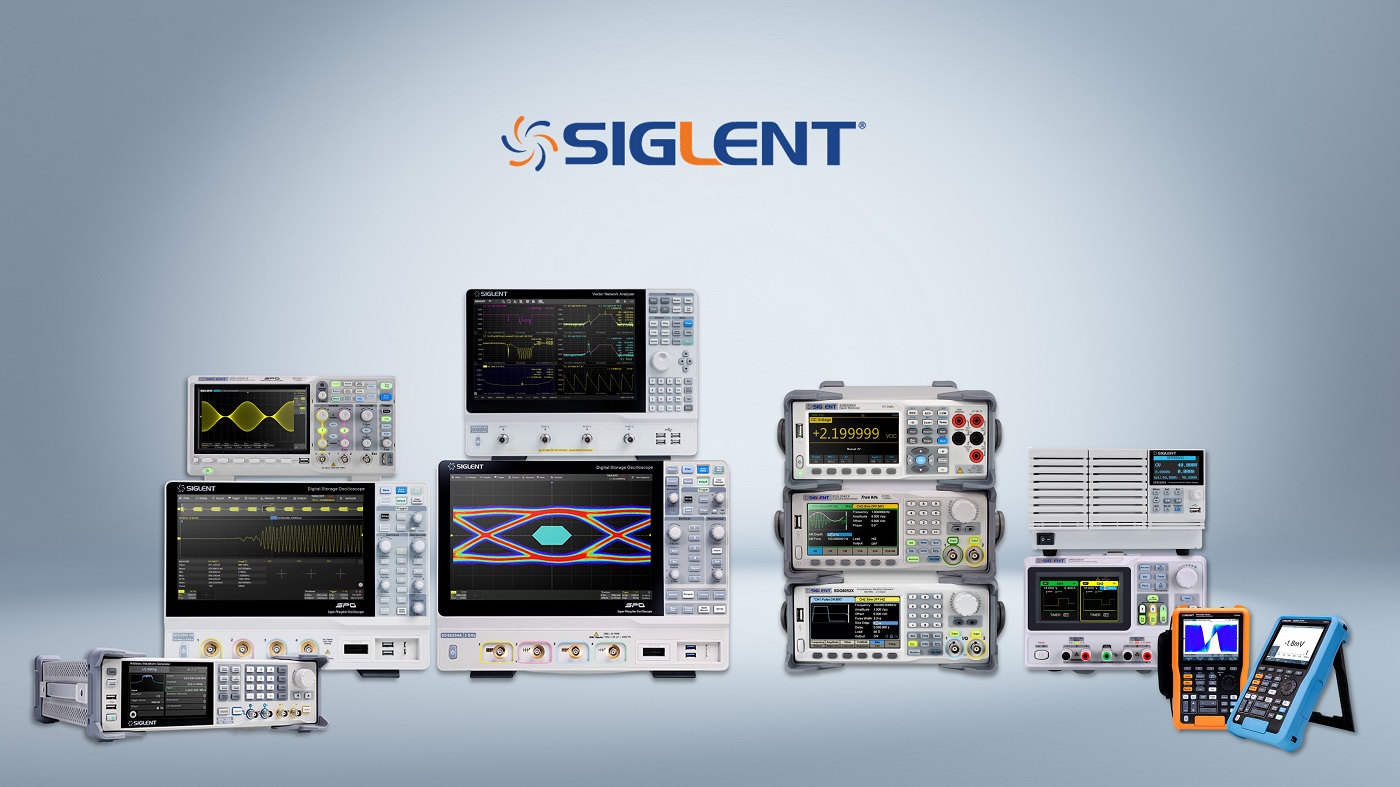
RF noise figure measurements Spectrum analyzer SVA1032X
The noise figure is crucial in microwave production and measurement

Synchronisation of multiple function generators
Multi-channel function generators are versatile and important in radar tests and for simulating current distortion

Test open socket communication with PuTTY
In test instrumentation, an open socket is a fixed address for remote commands on the Ethernet/LAN bus.

Resolver simulation with an arbitrary waveform generator
A resolver is an electromagnetic sensor that determines the angle and speed of shafts and axes

